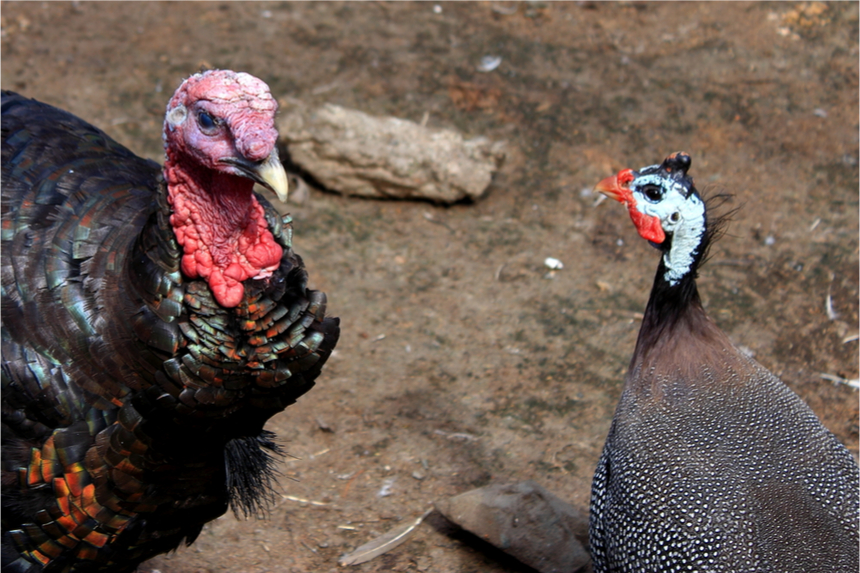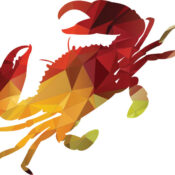Managing editor and logophile Andy Hollandbeck reveals the sometimes surprising roots of common English words and phrases. Remember: Etymology tells us where a word comes from, but not what it means today.
As you prepare to gather with family and friends next Thursday for Thanksgiving, we offer some pertinent questions (and answers) you can use to help avoid talking about politics over dinner: Why do a bird native to North America and a country in the Middle East have the same name? Are they related somehow? And which came first?
The short answer is yes, the words are related, but the story of their shared etymological history is a complex convolution involving international trade, exploration, and laziness.
Probably sometime during the 15th century, before Columbus set sail, Western Europe was introduced to what today we call the guinea hen, so named because it originated in Guinea on the west coast of Africa. There is some debate about exactly what route the guinea hen took to find its way into Western cuisine: did it come from Turkish traders in Constantinople, a commercial center of the then-growing Ottoman Empire; from Turkish traders on Madagascar; or from the Mamluk Turks of Ethiopia?
No one is entirely sure, but regardless of how the guinea hen entered Europe, it was known in English as the turkey-hen. At the time, the Ottoman Empire was also commonly called the Turkish Empire or just Turkey, and turkey had become a generic word — derived from a Medieval Latin phrase meaning “land of the Turks” — that was used to describe practically anything imported from the “exotic East” through Turkish merchants. Persian rugs, for instance, were called turkey rugs, and Indian flour was called turkey flour.
Fast-forward to the 1500s and the European exploration of the New World. Among the new wildlife these explorers and settlers found was a native bird that, with its fleshy, multicolored head and wrinkled wattle, resembled the turkey-hens they knew back home, though the American fowl were noticeably larger.
Those American turkeys were then brought back to Europe during the mid-16th century — some say by Spanish conquistadors, others by the Portuguese — and, because of their resemblance to the guinea fowl, were also called turkey-hens, or just turkeys. Over time, those American turkeys became the more popular poultry, especially in England, and the name turkey stuck with the bird in a way it didn’t with the guinea hen.
So, through an underdeveloped nomenclature system and a lack of scientific rigor, the bird’s name is ultimately derived from an adjective meant to describe exotic items traded from the East. That’s also where the modern country gets its name.
From the 16th through the 19th centuries, much of what we know today as the Middle East was part of the Ottoman Empire, which, as I said before, was also casually referred to as Turkey. Following the end of World War I in 1918, its capital, Constantinople, was occupied by Allied troops, and through various treaties and agreements, the lands of the once massive empire were repartitioned.
A group of Turkish nationalists, led by Mustafa Kemal Atatürk, rose up in opposition to the repartition and fought what would be known as the Turkish War for Independence. In 1923, with the signing of the Treaty of Lausanne, a new country was officially recognized by members of the young League of Nations. Influenced by European usage, it was called Türkiye Cumhuriyeti — the Republic of Turkey.
Become a Saturday Evening Post member and enjoy unlimited access. Subscribe now



